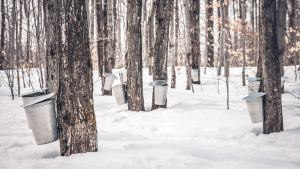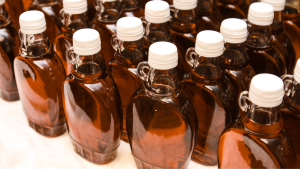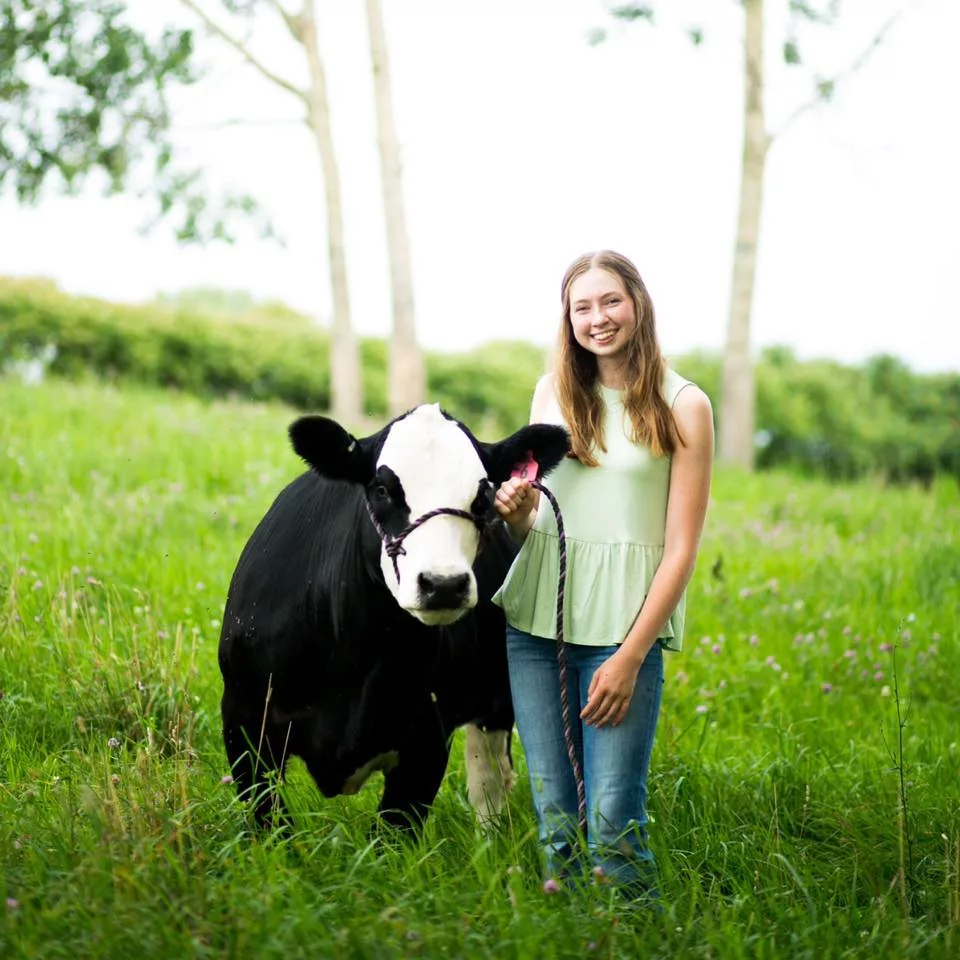After a long Wisconsin winter, there is nothing better than a day when the temperature rises above freezing and the sun peeks out from behind the clouds. For the 5,000 maple syrup producers in Wisconsin, this is even more exciting!
Around the middle of February, sugarmakers can start the process of making maple syrup.
It is actually the first crop harvested in the Wisconsin agriculture season. This sweet treat is not only delicious but is packed full of natural nutrients.
Maple syrup all starts with the maple tree.
There are four types of trees used within this process: sugar maple, black maple, red maple, and silver maple. When a maple tree reaches 10-14 inches in diameter, it can be used for making maple syrup.
A small spout, called a tap, is set into the tree using a small hammer. Once the tap is inserted, a sweet, watery substance, called sap, will start to drip from the tap. Sap is 2% sugar and 98% water. This sap needs somewhere to go, so maple syrup producers will place a bag or a bucket underneath the tap to collect it. Producers will visit the trees every day to collect the sap and store it in a large tank or container.

Some producers use a system called a tubing line to collect the sap. Plastic tubes are connected from tree to tree and the sap flows all the way through the tubes and into the collection area. This creates less need to visit every tree each day.
More sap flows through the maple tree when a freeze-thaw cycle is present.
This means the temperature drops below 32 degrees and night and rises above 32 degrees during the day. The average tree will produce 10 gallons of sap in these conditions each season.
After the sap has been collected, the process of turning it into maple syrup begins.
It takes about 40 gallons of sap to make one gallon of syrup.
Sap is boiled down to remove the water, leaving the caramelized sugar which we call maple syrup. This process can be done in a variety of ways. Some producers boil sap in a large pan over open fire, while others use an evaporator. After the syrup is cooked and cooled, it is filtered to remove any unwanted particles.
From there, maple syrup is bottled into smaller glass and plastic containers for consumers to enjoy. Some syrup is even made into delicious maple products such as candy, cream, tea and coated nuts.

Maple syrup production is a timeless tradition in Wisconsin and is often a bonding experience for families. Fond memories are made of collecting sap in the woods, taste-testing the hot syrup and even roasting marshmallows over the open fire. Producers go through a very meticulous process, but in the end, it provides the perfect topping or sweetener for your next meal.

